What if I tried this new clay pigeon shooting shell? How many times have you asked yourself the same question?
If the answer is, a lot, I perfectly understand!
Shells are really important for any clay shooter and when we see our friends shooting new shells or read about new ones on the web sites of ammo manufacturers it’s only natural, and perhaps obligatory if competing, to ask ourself if they could improve our score at the shooting range.
How to test a new clay shooting shell?
Many shooters buy a box of 250 and immediately start testing them when training, to decide on the basis of their score and feelings when shooting whether such a major change is really worthwhile.
The problem with this test method is that every shooter has his or her own particular shooting style and way to “feel the gun”. One shooter might love one particular shell and another might find it nothing special.
So we should always take advice from our friends with a pinch of salt!
What’s more, our feelings and experiences change on the basis of how and where we’re shooting the new shells, and above all on the basis of which shells we’re used to.
The assessment of the real ballistic performance isn’t objective as it’s influenced by our current and past feelings and experiences. So how can you judge them?
The answer is: test them with a pattern plate!
Breaking clays at long range doesn’t necessarily mean your shells produce a good, powerful spread. Any shooter will tell you, first you have to see it!
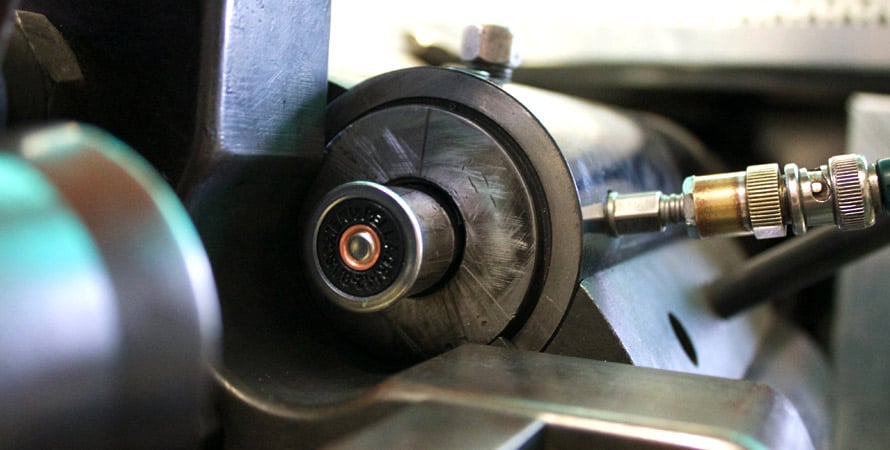
Testing shells with a pattern plate leaves no room for doubt in terms of subjective variables. If the tests are done properly you’ll see whether the ballistic performance of one shell is better than the next.
You definitely have to test the shells while training, but first we recommend using a pattern plate.
So let’s see which is the best way to (properly) test a clay shooting shell and see whether it will give you a real advantage at the firing range.
How many shooting shells do you need to test?
The minimum number of shells for your test should be at least one box of 250 shells.
You might want to test more if you notice your results improving and decide to buy more to test the new shell in a variety of different conditions with different launches, or use them in test tournaments.
Otherwise, if you don’t notice any evident ballistic superiority when testing them with a pattern plate and you’re not really convinced after trying them while training, go back to your old shells to avoid throwing your money away.
250 shells is therefore the ideal number.
They will be enough to shoot various pattern plate tests, and to test the shells while training.
Testing the shells with a pattern plate: how to perform the test and what to assess
Before starting the test with a pattern plate you could take 5 or 10 of the new shells apart. This lets you assess the quality of the components by eye as well as the technical features, and also judge the consistency of the powder / pellet loads.
You’ll need 25 - 50 shells for the pattern plate tests. The number will vary on the basis of the accuracy of your shots.
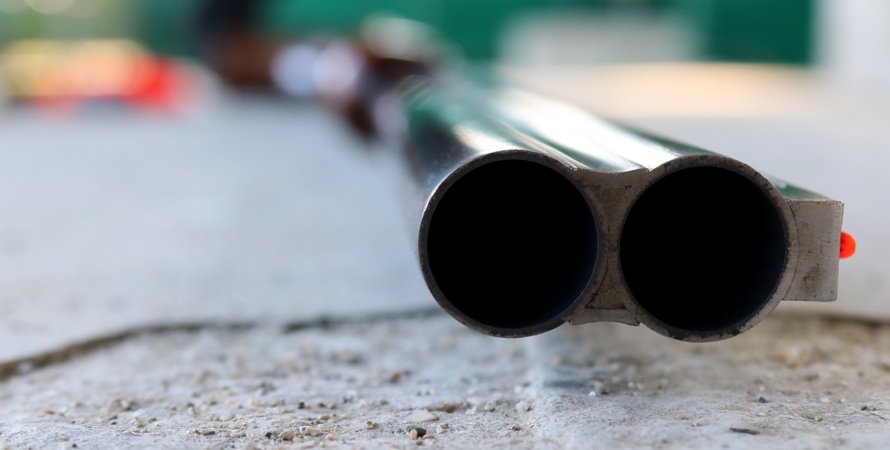
The aim of the pattern plate tests is to assess:
- The width and density of the shot patterns at the right ranges, to be tested using both barrels at the ranges you’ll be firing your first and second barrels at.
-
Clay-breaking power and pellet energy: in this case the tests can be performed using fir wood or paraffin panels. You can also compare the new shells with your favorite shells or the ones you normally use, as long as they have the same load and pellet size.
Each pattern plate test to assess the quality of the spread and the energy of the pellets should be repeated at least 5 times to have a reliable result.
N.B. To obtain results that are really useful, position the plate at the right ranges in consideration of the various disciplines and the ranges at which you fire your first and second barrels.
The principal ranges of shooting disciplines
Clay distances in Trap
The first barrel is fired at a range of 27 - 31 meters, so you could place the pattern plate at 29 meters, a good average.
For the second barrel, increase the range to 36 meters as second shots are taken at clays further away.
Clay distances in Skeet
The pattern plate should be positioned at a range of about 20 / 22 meters, which is the range where you’ll be shooting most of your clays.
Clay distances in Sporting & Compak
Despite the wide variety of different launches, most of the clays will be shot at a range of 25 / 30 meters. So pattern plate tests make sense, using both your first and second barrel, at the above ranges.
From the pattern plate to the shooting range
At this point, if the results of the pattern plate tests were good, it’s time to try your new clay pigeon shells on the field. It’s best to shoot various series of clays in well-known launch patterns.
This will give you a score you can easily compare to your past performance with your old shells. What’s more, this type of test lets you check the clays are broken also by eye.
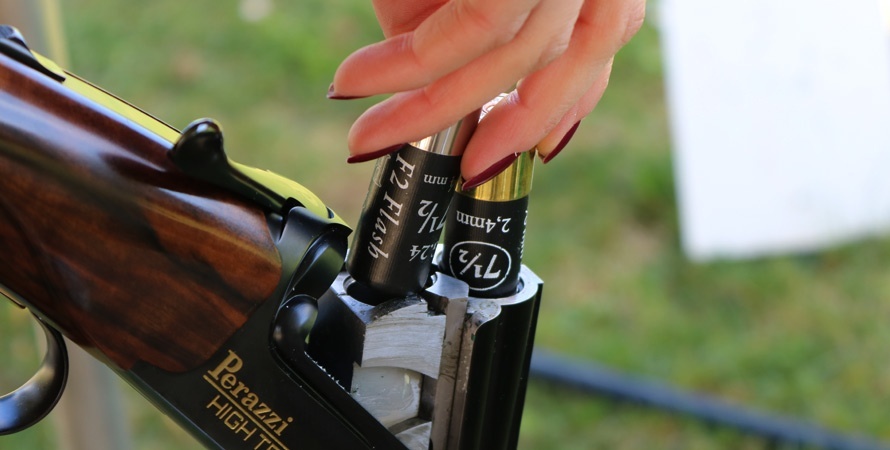
In training, you should carefully test the effectiveness of your second barrel, the effect of the recoil and especially your score to see whether you’re improving or not compared to your usual performance.
If this test also gives good results you might decide to continue with other tests, changing the launch patterns or testing your new shells on clays launched at a difficult angle.
Finally, also while training, you could perform comparative tests by alternating your old and new shells to fully comprehend the different feelings you get when shooting with them.
The final test! Always try your new shells in competitions too
If you’ve reached this point then your new shells will have passed both the pattern plate test and the tests you performed while training, and they could really make a difference to your score.
But to be sure, especially considering the psychological factor, choose some competitions you can use as the final test for your new clay pigeon shooting shells. During these tournaments, pay as much attention as possible to any differences and all your feelings while shooting, also in consideration of how concentrated and tense you might be, as this will be different to when you’re training.
If you finish the tournament with a good score that’s perhaps even better than usual, then you’ve probably found yourself a better shell for breaking clays!


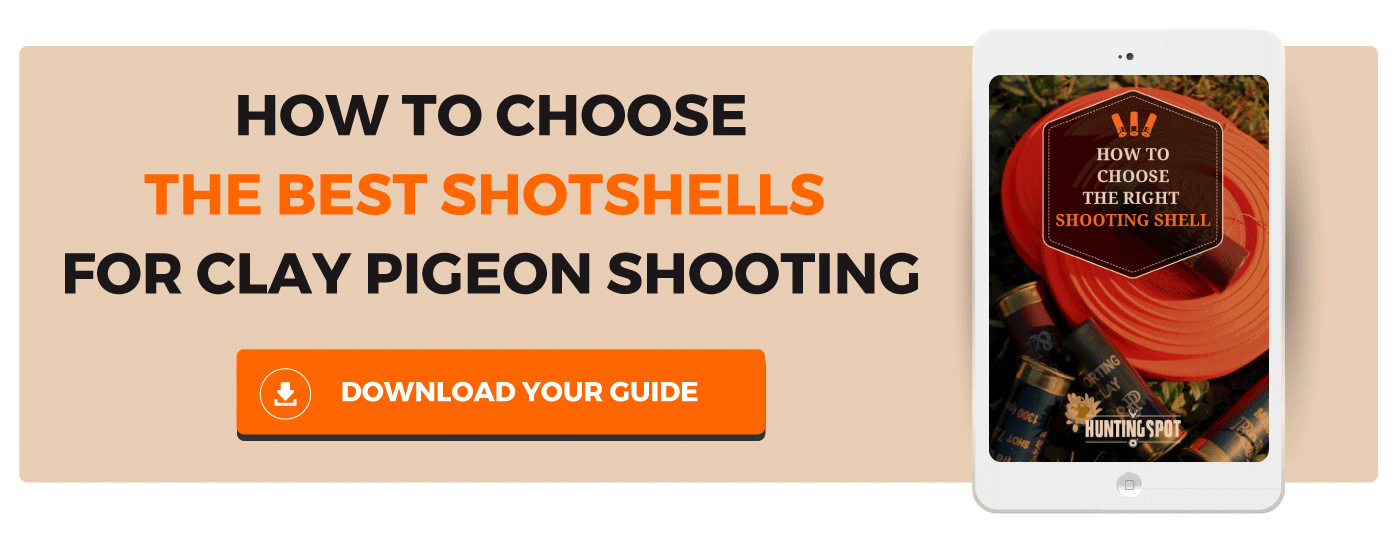
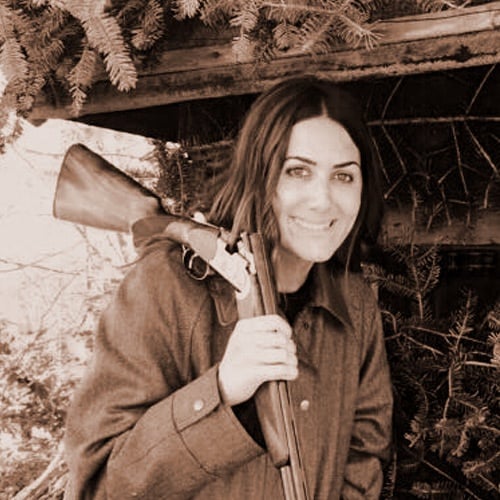
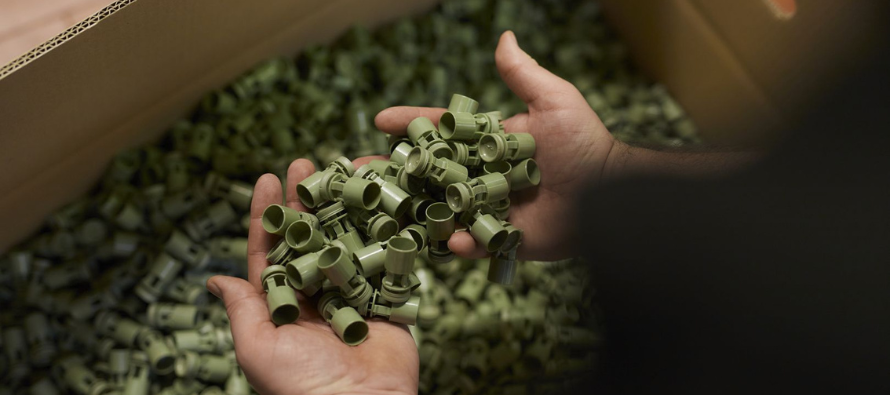

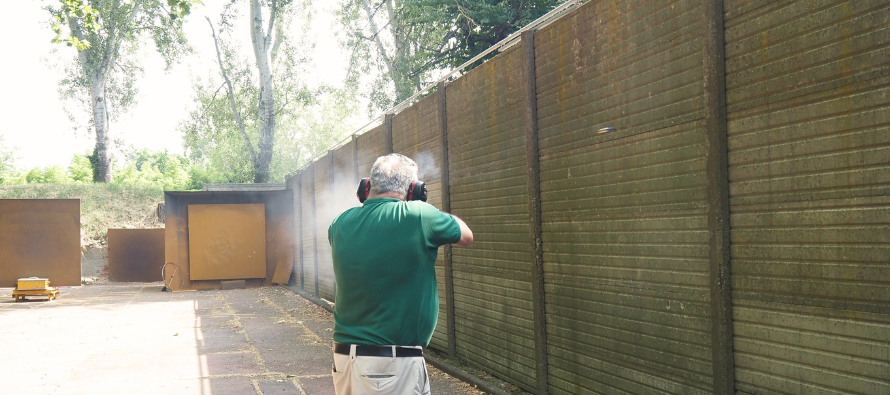
Comment this post